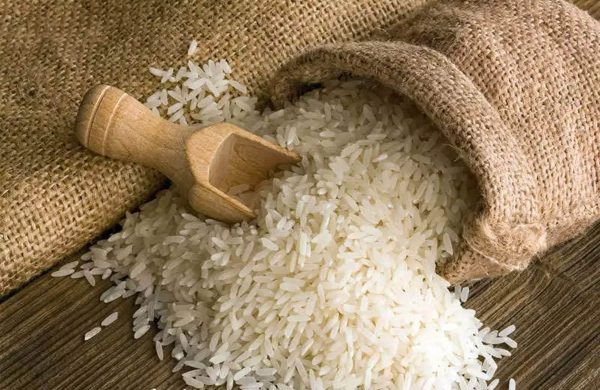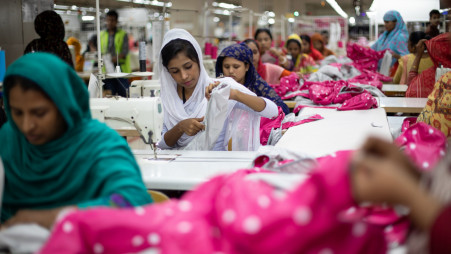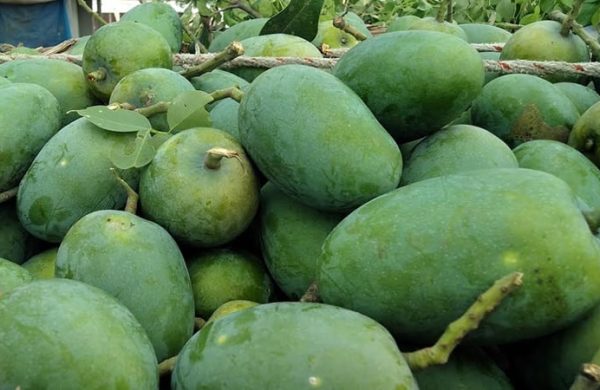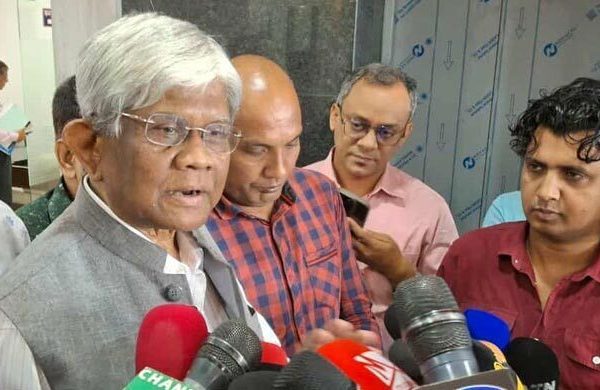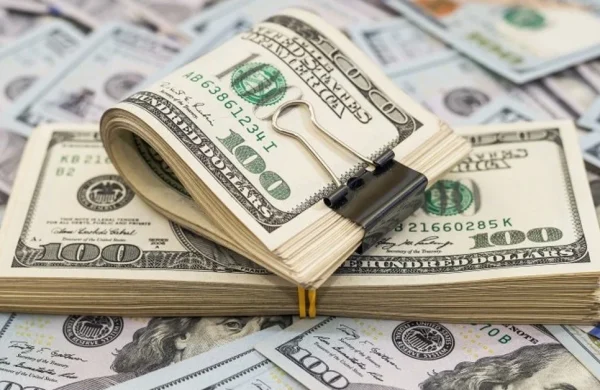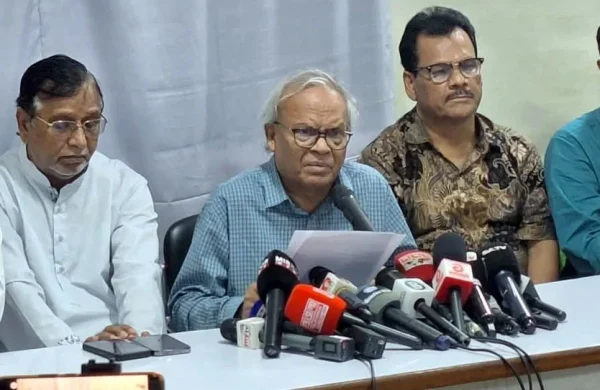Tariff shock from Washington: Bangladesh risks losing ‘win-win’ edge in US market
- Update Time : Tuesday, July 8, 2025
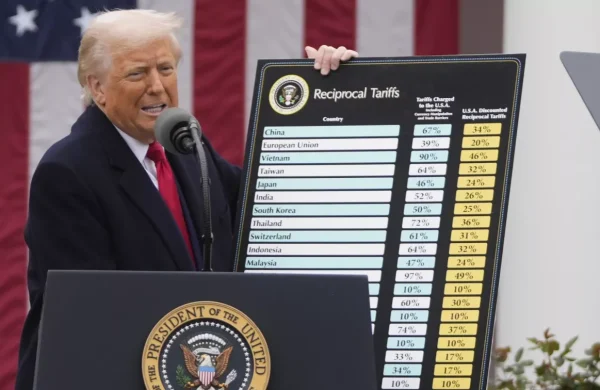
TDS Desk:
Once a ‘rising star’ in global trade, Bangladesh now faces uncertainty as President Donald Trump’s radical restructuring of US trade policy threatens Dhaka’s long-standing ‘win-win’ relationship with Washington.
Economists and business leaders believe that Bangladesh may lose its once cherished ‘win-win’ position in the US market following the latest announcement regarding tariffs to be imposed on Bangladeshi goods by Trump.
In April, the US announced a 37% trade tariff on Bangladeshi goods, before placing a 90-day pause on imposing them to allow for negotiations to take place that runs out on Wednesday (July 9).
On Monday, ahead of that deadline, Trump announced a new rate for Bangladeshi that was just a 2% reduction on his original announcement – 35%, to be effective from August 1. But experts say the damage may have already been done.
The burden of this new reality is expected to fall mainly on Bangladesh’s garments sector, where key competitor Vietnam have had their tariff slashed from 46% to just 20%.
In order to secure that reduction, it dropped all tariffs on goods imported from the US (zero duties).
Although Bangladesh (and other countries) was granted a 90-day window for negotiations after the April announcement, no significant progress was made, say analysts.
Dr Mahfuz Kabir, Research Director at the Bangladesh Institute of International and Strategic Studies (BIISS), said, “We assumed we were in a win-win position, but that opportunity has now slipped away. It does not appear that Bangladesh engaged in any effective dialogue with the US during this time. Although the deadline is August, Bangladesh must act within a week to salvage the situation.”
Vietnam has already secured substantial tariff reductions. If India and Pakistan succeed in extracting concessions through bilateral talks while Bangladesh delays key decisions, its position in the US market could face serious threats, warned Dr Kabir.
Trump posted his letter to Chief Adviser Muhammad Yunus, and 13 other world leaders, on his social media platform Truth Social on Monday (Tuesday morning in Bangladesh), explaining the rationale behind his decision in almost identical letters that only had the names of the countries, leaders and tariff rates to be applied.
He cited each country’s “tariff and non-tariff barriers” and a persistent “long-term trade imbalance” as reasons for the tariff. From August 1, 2025, all categories of Bangladeshi products will be subject to the 35% tariff, in addition to existing sector-specific duties.
To prevent circumvention via transshipment, the new tariff will also apply to goods rerouted through third countries.
Trump stated that the 35% rate is “much less than the trade imbalance Bangladesh has with the US.” If Bangladesh retaliates by increasing tariffs, the US will respond by raising duties above the 35% rate, he warned.
The move, he said, is aimed at removing trade barriers in dealings with Bangladesh (and other countries).
Many in the business community believe there is too little time left to renegotiate the tariffs bilaterally. They also question the quality of Bangladesh’s proposals during the negotiation window.
Ashraf Ahmed, Director of the Dhaka Chamber of Commerce and Industry (DCCI), said, “The offers made regarding LPG, soybean and cotton imports were not attractive enough for the US. Major American apparel companies have already stockpiled garments in advance, which will likely reduce new orders. There is very little time left to reverse this trend.”
Finance Adviser Dr Salehuddin Ahmed, however, continues to be optimistic, saying that “there is still some hope” the tariff could still be reduced through ongoing discussions.
Speaking to reporters at the Secretariat on Tuesday, he confirmed that the Commerce Secretary was departing for Washington to join the Bangladesh delegation already present there.
“Talks with the US Trade Representative (USTR) took place on Sunday, with a follow-up session scheduled for tomorrow. One-to-one negotiations may still result in tariff reductions,” said Dr Salehuddin.
According to data from the US Department of Commerce, Bangladesh, in 2024, exported a total of $8.37 billion in goods to the US, with the lion’s share coming from apparels, which amounted to $7.06 billion. Stakeholders fear that the garment sector will be hit hardest by the new tariff regime.
Fazlee Shamim Ehsan, Executive President of the Bangladesh Knitwear Manufacturers and Exporters Association (BKMEA), said, “Tomorrow’s meeting is crucial. If it goes well, there is a strong possibility of lowering the tariffs.”
Ehsan also noted that although India currently faces a 27% tariff, Trump may impose an additional 10% on BRICS nations.
“If the US reaches a tariff agreement with China, it could spell trouble for Bangladesh. But if high tariffs on China and India remain in place—especially on China—Bangladesh might still find opportunities to benefit from trade,” he said.
When asked on Monday whether the US would keep the door open for further dialogue, Trump did not offer a definitive answer but hinted that negotiations may not be completely off the table. The letters do mention: “If you wish to open your heretofore closed Trading Markets to the United States, and eliminate your Tariff and Non Tariff, Policies and Trade Barriers, we will, perhaps, consider an adjustment to this letter.”
As such, most experts are of the view that the US side may be amenable to further changes up until the last minute – with August 1 being the next deadline. If they deem it worthwhile under Trump’s “America First” policy.
Economists and business leaders agree that Bangladesh must make its maximum effort in the limited time remaining to mitigate the potential damage from the US’s new tariff policy.


